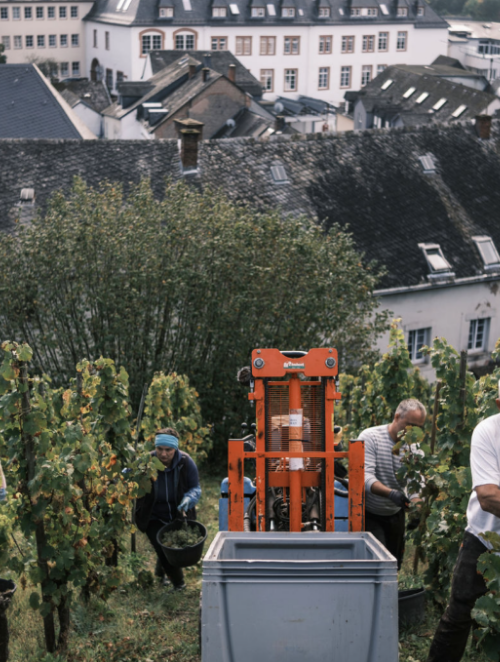
Saar Rosé – A trendy drink that guarantees fruity and refreshing enjoyment!
Saar Rosé is one of the trendiest drinks of recent years. Since increasingly more red wine is being grown in the Saar region, more and more rosé is also being produced from the Spätburgunder grape variety. With its fruity, fresh taste and moderate alcohol content, it represents a very good alternative to the significantly stronger rosé wines from the southern growing regions.
Order Saar Rosé wines from our top winemakers at winemaker prices from us below.
Saar Rosé – A trendy drink that guarantees fruity and refreshing enjoyment!
Saar Rosé is one of the trendiest drinks of recent years. Since increasingly more red wine is being grown in the Saar region, more and more rosé is also being produced from the Spätburgunder grape variety. With its fruity, fresh taste and moderate alcohol content, it represents a very good alternative to the significantly stronger rosé wines from the southern growing regions.
Order Saar Rosé wines from our top winemakers at winemaker prices from us below.
 Delivery time 2-3 working days
Delivery time 2-3 working days Saar wines at winemaker prices
Saar wines at winemaker prices Largest Saar wine range on the web
Largest Saar wine range on the web Advice: 0176 638 92254
Advice: 0176 638 92254









